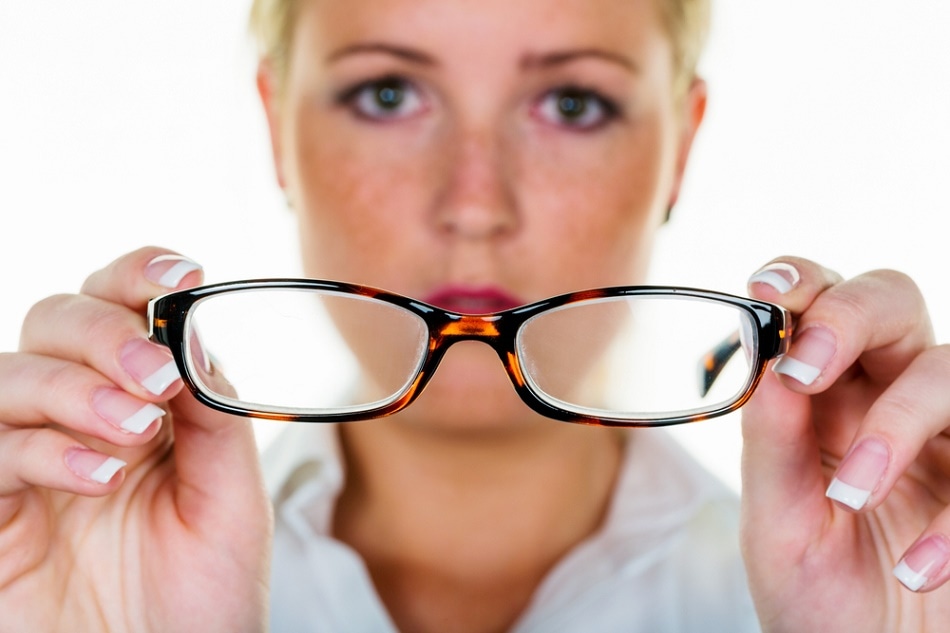Oct 18 2016
 Lisa S/Shutterstock.com
Lisa S/Shutterstock.com
A recent study presented at AAO 2016, the 120th annual meeting of the American Academy of Ophthalmology spoke of a unique wearable artificial vision device that may have the potential to help legally blind people "read" and recognize faces. It may also assist these individuals to perform daily tasks with considerably greater ease than using conventional assistive reading devices.
Nearly 246 million people globally have low vision. This loss in sight impairs the ability of a person to perform simple everyday tasks. Electronic and optical devices such as tele-microscopic glasses, handheld magnifiers, and video and computer magnifiers can help, but these devices are often bulky, unwieldy or not easily portable.
With the latest advancements in wearable electronic gadgets and optical character recognition technology that turns images to computer-readable text, University of California, Davis researchers theorized that these advanced technologies could help enhance the ability of patients to function in everyday life.
To examine their theory, the team asked a group of visually impaired patients to try out a wearable artificial vision device and see its effect. They noted that the device greatly enhanced the daily productivity of the patients.
In their study, the researchers used the Orcam My Eye. The device is unique as it clips to glasses, making it hands-free. It has a tiny camera that sees and recognizes whatever the user is looking at, whether a face or text, and then reads what it is seeing to the user through a small bone-conduction earpiece. The user triggers the device by just pointing a finger to the text or object, pressing a trigger button or tapping it.
The team tested the device on 12 legally blind people having a visual acuity below 20/200. The study participants took up a 10-item test simulating activities of every day life, including reading a number of items such as letters, newspapers, emails, signs and book, and recognizing products.
One point was given for every successful completion. A zero was given for each task not completed. The maximum possible score was 10. The researchers analyzed the participants at three stages. First, they watched the participants performing the tasks without the device, then while wearing it after receiving a 90 - 120-minute training session and finally after wearing the device for one week.
The findings based on the tests were as follows:
- Without wearing the device, the average score of the participants was 2.5 out of 10
- When they first wore the device, their average score improved to 9.5 out of 10
- After a week of wearing the device, the average score increased to 9.8 out of 10
- Seven of the patients finished the test using other low-vision aids such as magnifying glasses, and achieved an average score of 6. When they switched to the portable device, their average score increased to 9.7
While there have been many advances in eye care, the options for assistance in completing daily tasks are limited and cumbersome. This represents a new step in the evolution of assistance devices for people with low vision, giving them hope for improving their functionality, independence and quality of life.
Elad Moisseiev, M.D., Vitreoretinal Surgeon, Tel Aviv Medical Center